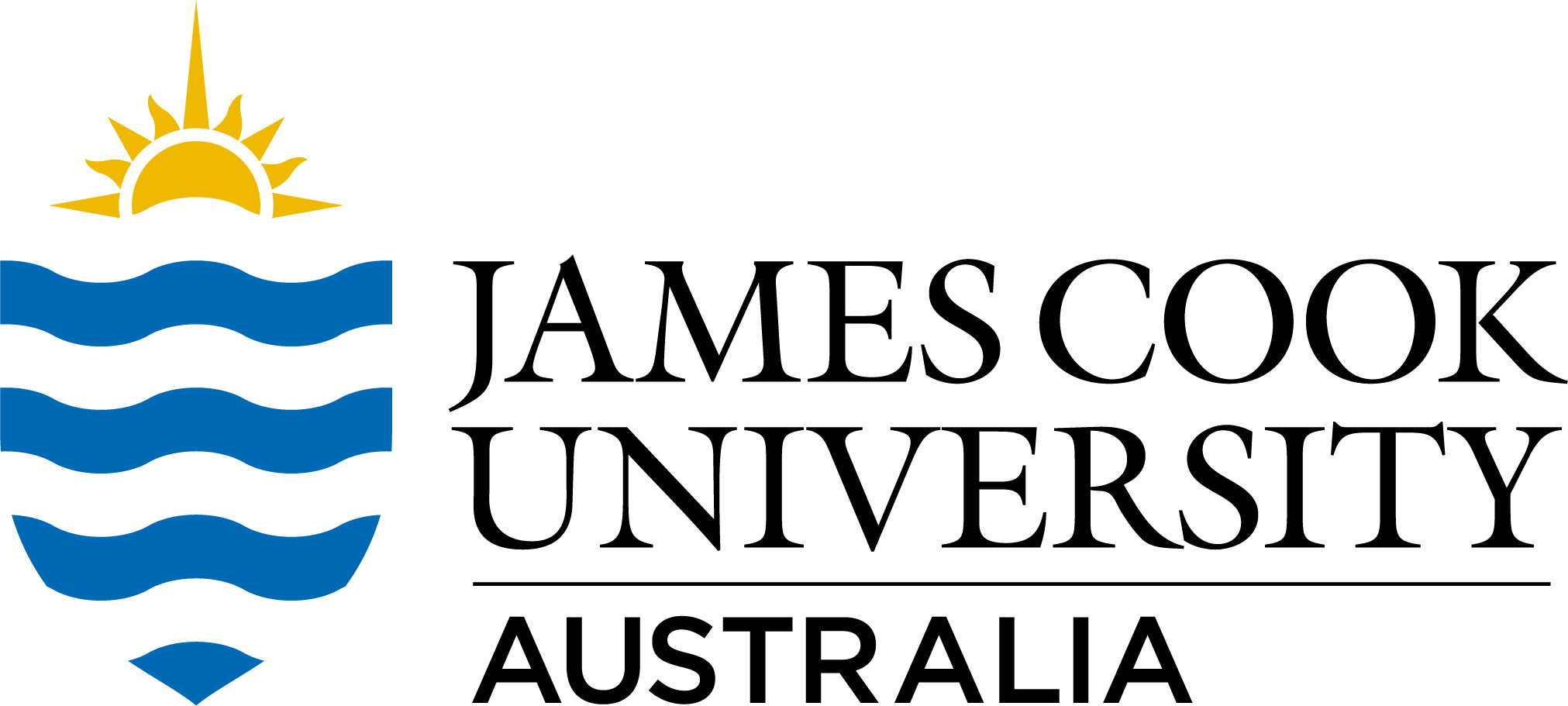Brief description
Data from an experiment in which squid were exposed to ambient or elevated CO2 levels, followed by treatment with sham, gabazine (GABA-A R antagonist) or picrotoxin (non-specific GABA-A R antagonist) and behavioural testing (mirror exposure).
Full description
Two-toned pygmy squid (Idiosepius pygmaues) were collected from the wild and after 1-6 days of acclimation at ambient CO2 levels were exposed to ambient (~450 µatm) or elevated (~1,000 µatm) CO2 levels for 7 days. Squid were then treated with sham, 10.86 µM gabazine (GABA-A R antagonist) or 100 µM picrotoxin (non-specific GABA-A R antagonist) by bath application for 30 minutes, followed by a behavioural test; squid were placed in a square tank with a mirror along the length of one wall. Video recordings of each behavioural test were taken for approx. 16 minutes (introduction to the tank + 15 minute behavioural trial + tank approach).
The behavioural videos were manually analysed for:
• Proportion of squid that touched the mirror softly/aggressively
• Latency to the first soft/aggressive mirror touch (only for squid that touched the mirror)
• Number of soft/aggressive mirror touches – squid’s arms had to detach from the mirror completely between mirror touches before a successive touch was counted (only for squid that touched the mirror)
Soft mirror touches were exploratory and defined as only the arm tips touching the mirror. Aggressive mirror touches occurred when the arms splayed upon coming in contact with the mirror, usually at high speed and accompanied by flashing body colour. Other parts of the squid’s body coming in contact with the mirror (e.g. mantle) were not counted as mirror touches.
Tracking software was used to determine:
• Time spent in Zone A (seconds) (only for squid that did enter Zone A)
• Number of visits to Zone A
• Time spent active (seconds)
• Total distance moved (centimeters)
• Average speed (cm/s)
Zone A = a 3 cm wide zone along the full length of the mirror, created in LoliTrack.
The effect of CO2 and drug treatment on each of the measured behaviours was analysed using Bayesian modelling. Bayesian models were fit in R (v4.0.2), using RStudio (v1.3.1093) and using the package brms (v2.13.5), which uses RStan (v2.21.2) to interface with the statistical modelling platform Stan.
Software/equipment used to create/collect the data: Equipment:
Tanks - four interconnected 8,000 L recirculating seawater systems, that each had 3,000 L sumps, at James Cook University’s research aquarium in Townsville, Australia
CO2 dosing - inline pH sensor (Tophit CPS471D, Endress+Hauser, Reinach, Switzerland), transmitter (Liquiline CM442, Endress+Hauser, Reinach, Switzerland), computerised controller (OMNI C40 BEMS, Innotech, Brisbane, Australia)
Gabazine - SR-95531, batch #0000035110, Sigma-Aldrich, St Louis, USA
Picrotoxin - batch #16C/230903, Tocris Bioscience, Bristol, UK
Behavioural test - matte white acrylic tank (30 x 30 x 15 cm) with a mirror taking up the entire area of one wall, filled to depth of 3 cm
Behavioual videos - Digital camera (Canon PowerShot G15 and G16)
pH(NBS) - Ecotrode plus on an 888 Titrando, Metrohm AG, Switzerland
Temperature - Comark C26, Norfolk, UK
Salinity - HQ40d, Hach, Loveland, CO, USA
Total alkilinity - 888 Titrando, Metrohm AG, Switzerland
Certified reference material from Prof. A.G. Dickson (Scripps Institution of Oceanography, batch #136)
pH(T) - Spectronic 200E, Thermo-Scientific, Madison, USA using m-cresol purple as an indicator dye
Software:
pCO2 values - CO2SYS version 2.1 (Pierrot et al., 2006) using the constants K1, K2 from Mehrbach et al. (1973) and refit by Dickson and Millero (1987), and KHSO4 from Dickson et al. (2007).
Software/equipment used to manipulate/analyse the data: Behavioural Analysis:
QuickTime video software (QuickTime version 7.7.5, Apple Inc.)
LoliTrack tracking software (version 4.2.1, Loligo Systems)
Statistical Analysis:
R v4.0.2 using RStudio v1.3.1093
package brms (v2.13.5), which uses RStan (v2.21.2)
Edition: Windows 10 Enterprise
Version: 1909
OS build: 18363.1316
Created: 2021-06-30
Data time period: 20 08 2019 to 19 12 2019
Spatial Coverage And Location
text: 19°15'S, 146°50'E
text: James Cook University’s research aquarium in Townsville, Australia
User Contributed Tags
Login to tag this record with meaningful keywords to make it easier to discover
- DOI : 10.25903/Y6KZ-HM11

- Local : researchdata.jcu.edu.au//published/3a248d4048d817dcf358b9d61b318a80


